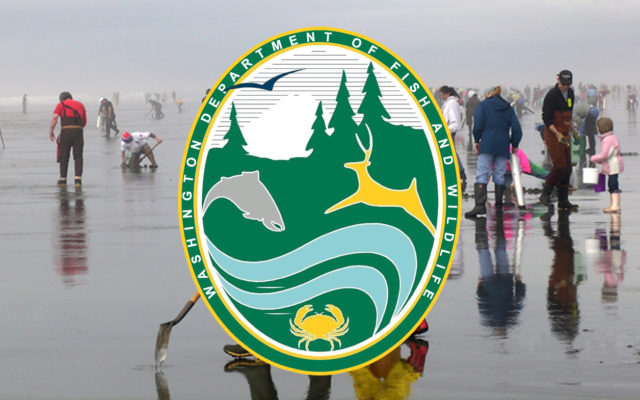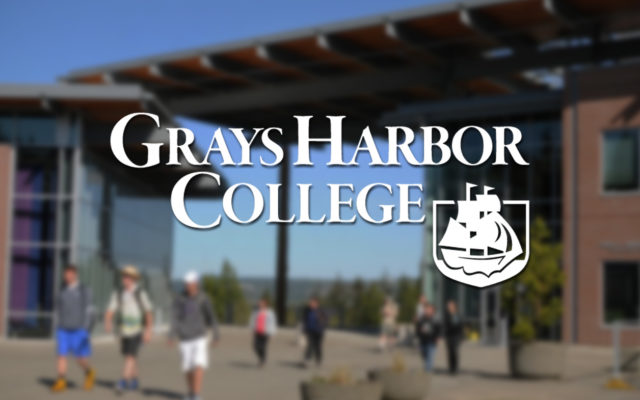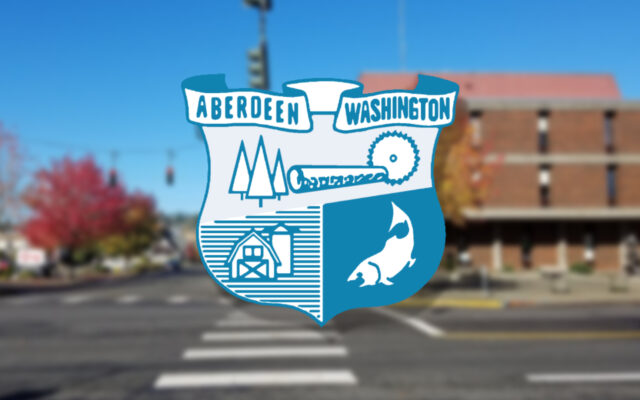Four days of digging on Mocrocks round out 2021 spring razor clam season

Washington State Department of Fish & Wildlife shellfish managers have approved four more days of razor clam digging at Mocrocks Beach only, after marine toxin tests showed the clams are safe to eat.
The approved morning razor clam digs, along with low tides, are:
- May 24, Monday; 5:32 AM; -0.7; Mocrocks only
- May 26, Wednesday; 7:09 AM; -1.6; Mocrocks only
- May 28, Friday; 8:46 AM; -2.5; Mocrocks only
- May 30, Sunday; 10:26 AM; -1.6; Mocrocks only.
No digging is allowed after noon during digs when low tide occurs in the morning.
“The marine toxin results are in, they are low enough, and we are happy to open four more days of digging on alternate days at Mocrocks, said Dan Ayres, WDFW coastal shellfish manager. “Opening on alternate days allows us to share dates with our tribal co-managers and ensure everyone has opportunities to dig during favorable tides.”
No other beaches are scheduled to open at this time.
“We will soon begin our summer razor clam stock assessment and will be looking forward to some great digging starting in the fall,” said Ayres.
Many ocean beaches are open to motor vehicles, but drivers are required to follow the “rules of the road,” said Ayres. “Mocrocks beach only has three points of road access, so we are asking beachgoers to arrive early and exercise good judgment when accessing the beach,” he added.
“Under state law, all vehicles – and horses – are required to travel along the extreme upper limit of the hard sand,” he said. “When in doubt, follow the path marked by multiple tire tracks.” Drivers who veer from that path pose a direct threat to fish and wildlife, Ayres said. Motorists who violate Washington state laws on beach driving can face a fine of $150, or much more for killing endangered seabirds, like snowy plovers.
“We manage recreational clam digging in Washington in a manner that we believe minimizes potential impacts to vulnerable ground nesting listed bird species,” said Ayres. “We do this by not scheduling digging after May 15 at key breeding areas for snowy plovers and streaked horned larks, including Long Beach and Twin Harbors.”
The May 15 date has been identified as the peak breeding season for these birds, which are listed as threatened under federal law and as endangered in Washington. In addition to the mid-May deadline, WDFW provides sanitation facilities, outreach and education to beach visitors to minimize impacts.
The agency continues to emphasize ‘digging while distancing’ and masking up when near others to support efforts by community health experts to ensure a fun and safe razor clam season. Razor clam diggers can find detailed beach maps that indicate locations and local names for beaches on WDFW’s razor clam webpages.
All diggers age 15 or older must have an applicable fishing license to harvest razor clams on any beach.
Licenses, ranging from a three-day razor clam license (starting at $9.70) to an annual combination fishing license, are available on WDFW’s website and from some 600 license vendors around the state.
Under state law, diggers at open beaches can take 15 razor clams per day and are required to keep the first 15 they dig. Each digger’s clams must be kept in a separate container.
More information can be found on WDFW’s razor clam webpage .
You Might Also Like



